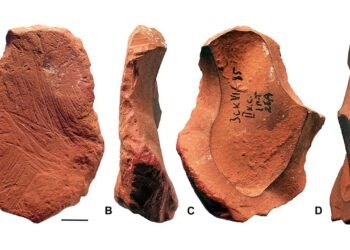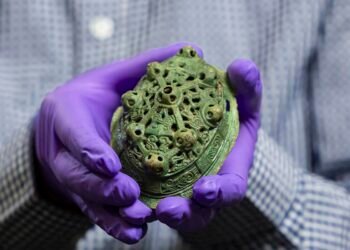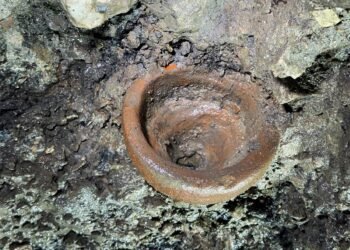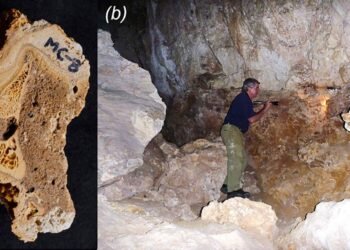Almost 2 million years ago, early humans were not the hunters they are typically imagined to be — they were the hunted. A new study suggests that Homo habilis, one of the earliest members of our genus, was likely preyed upon by leopards in East Africa.

Published in the Annals of the New York Academy of Sciences, the research combines fossil records and artificial intelligence (AI) to identify which predator had consumed two H. habilis individuals discovered decades ago in Tanzania’s Olduvai Gorge. The fossils, OH 7 (a juvenile) and OH 65 (an adult), are approximately 1.85 and 1.8 million years old and preserve distinct bite marks that had, until now, defied specific identification.
Homo habilis was long believed to represent the turning point in human evolution when our ancestors began hunting and using tools, marking the shift from prey to predator. Archaeological evidence of early meat consumption and butchery had supported that assumption. New research led by Rice University anthropologist Manuel Domínguez-Rodrigo challenges this long-held theory, suggesting that these early humans still faced danger from large carnivores.
Thanks to AI-powered computer vision, the researchers trained deep learning models on hundreds of images of tooth marks made by modern carnivores such as hyenas, lions, crocodiles, and leopards. After achieving more than 90% accuracy in blind tests, the models were applied to analyze the marks on the H. habilis fossils. The results consistently indicated leopards as the culprits.

Both specimens also show the typical evidence of felid feeding behavior — triangular tooth pits and limited bone crushing — compared to the large-scale breakage that would have resulted from hyena or crocodile damage. This indicates that the leopards not only attacked but also consumed these individuals, demonstrating that H. habilis still occupied a vulnerable position within the ecosystem.
The evidence suggests this early species had yet to develop the tools or abilities necessary to fend off top predators. Their role as hunters might have been much less prominent than previously thought, and the meat at early archaeological sites might have been acquired through scavenging or by other hominin species such as Homo erectus.
Along with rewriting the history of early humanity, the study marks a milestone in the use of technology in anthropology. AI now allows researchers to determine predator-prey interactions more precisely than ever before, overcoming the limitations of traditional visual analysis. Domínguez-Rodrigo believes the approach will unlock new insights into when humans truly turned from prey to predator.
Ultimately, the discovery offers a more nuanced understanding of our origins. Nearly two million years ago, Homo habilis was not yet master of its environment but a survivor in a dangerous world ruled by big cats. Human evolution, the study illustrates, was not a sudden leap to dominance but a long and uncertain rise shaped by vulnerability and adaptation.
























Comments 0